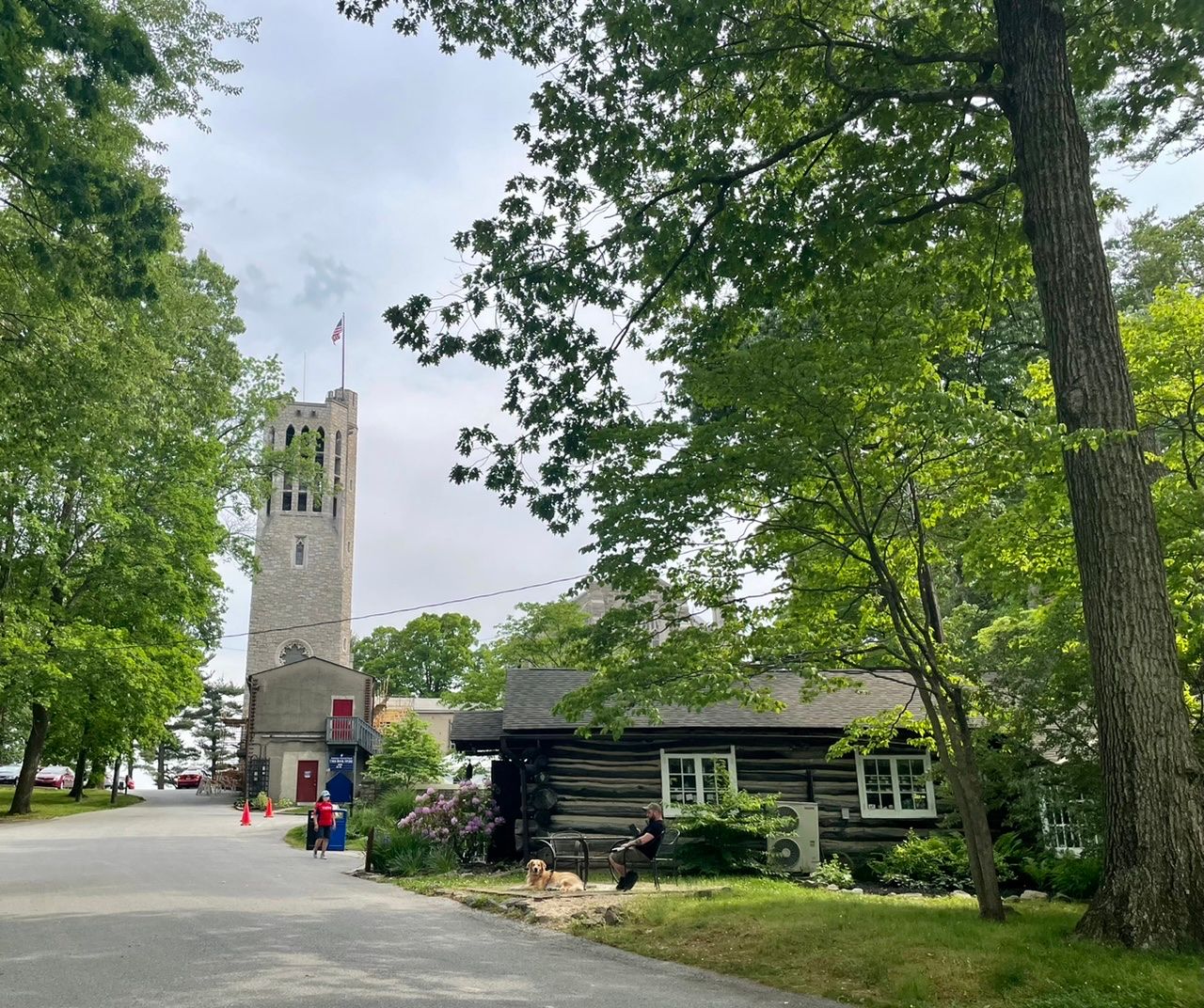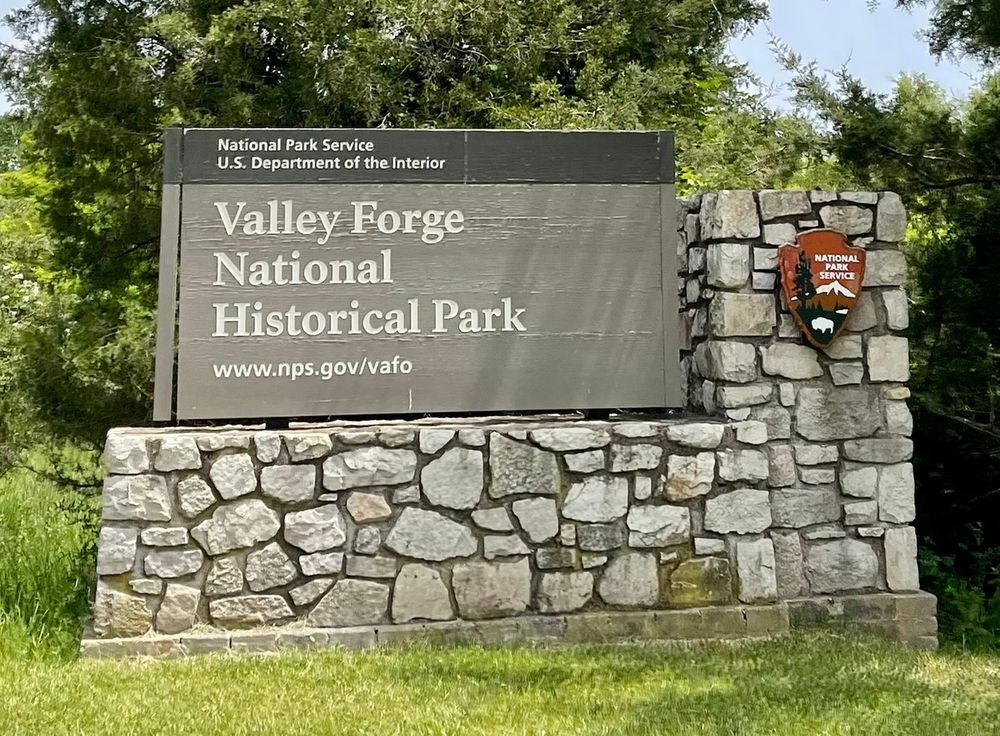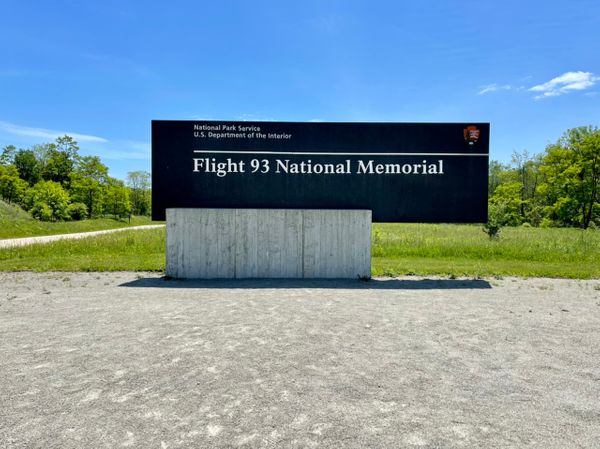Trip Report: Valley Forge National Historic Park
May 22, 2021
We visited Valley Forge National Historic Park today. It was 90 degrees outside, which meant we opted out of any rigorous hiking. There are 35 miles of hiking trails in the park, and 19 miles of biking trails, but the Horse-Shoe trail that begins in the park is 140 miles long and connects to the Appalachian Trail, which is more than 2180 miles long. The Schuykill River Trail, which is 109 miles in total, runs right through Valley Forge NHP as well, so you can hike as much or as little as you want. The shortest trail is the quarter mile long Wolfinger Trail.
Were the weather better for hiking, the ones that I'd want to try are the River Trail/Commissary Trail loop, which is probably about 2 miles (the River Trail is one way and 3 miles, while the Commissary Trail is 1 mile); the Chapel Trail, which is 2.5 miles and supposed to have great views of the Schuykill river; and some combination of the Grand Parade/Joseph Plumb Martin Trail (Joseph Plumb Martin is an 8.7 mile loop that connects many historic sites within the park, and the Grand Parade Trail cuts across that loop at several points).
Thankfully, the main tourist route through Valley Forge is best done by car. This is the ten mile long “Encampment Tour,” which is paired with a cell phone tour. You just call 484-396-1018 (484-396-1015 for Spanish) and listen to the information at the various sites. The prompt numbers start with 1-9 and are two digits, always starting from one and going as high as there are recordings in that place (between 3 and 5). The guide can be found online. Seasonally, and not during Covid, they run a shuttle for a fee that takes 90 minutes to do the loop. We stopped at the various points and walked around a little, then retreated back to our air-conditioned vehicle to drive to the next stop, of which there are nine total. At some point during the heat and lazy afternoon, around stop 8, the littlest kid fell asleep in the backseat.
Thomas Paine wrote to Benjamin Franklin about the encampment at Valley Forge on May 16, 1778 that "George Washington keeps his station at Valley Forge, I was there when the Army first began to build huts. They appeared to me like a family of beavers, everyone busy; some carrying logs, others mud, and the rest plastering them together. The whole was raised in a few days and it is a curious collection of buildings, in the true rustic order." It's an impressive park and definitely worth a visit.
We started the journey at the Visitor’s Center, which we knew from the website was closed. I anticipated that they would have a ranger station set up outside with the various information, since that’s what we saw at Cuyahuga National Park two months ago as well as other places along our journey.
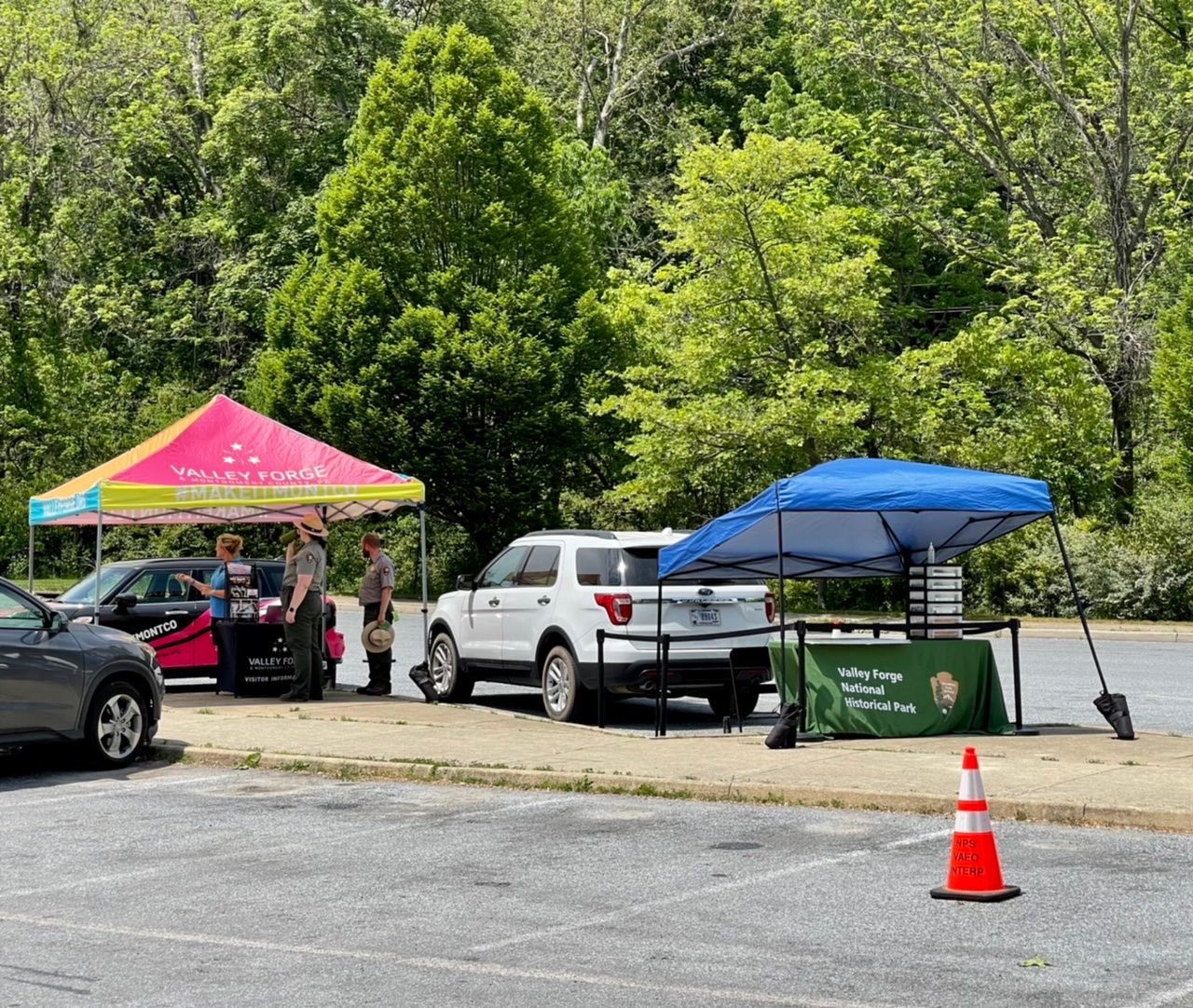
They had the junior ranger activity books in envelopes with pencils and badges, and deputized parents to award them upon completion of the book. I tried to get our passports stamped, but they were only stamping stickers that you could put in your book later. We got two: one for Valley Forge National Historic Park and one for the Schuykill River Greenways National Heritage Area. We’ll try to make it there either on this trip or one in the near future. It’s known for the Schuykill River Trail, which runs 109 miles between the Philadelphia Art Museum and Frackville, PA, passing directly through Valley Forge NHP.
The stops on the Encampment Tour that you should be sure to make are the Muhlenberg Brigade (stop 2), Washington’s Headquarters (stop 5), Artillery Park (stop 7), and Washington Memorial Chapel (stop 9). The Muhlenberg Brigade is a great place to see what the huts looked like that the soldiers actually lived in and to get an idea of what this place would have looked like 250 years ago.
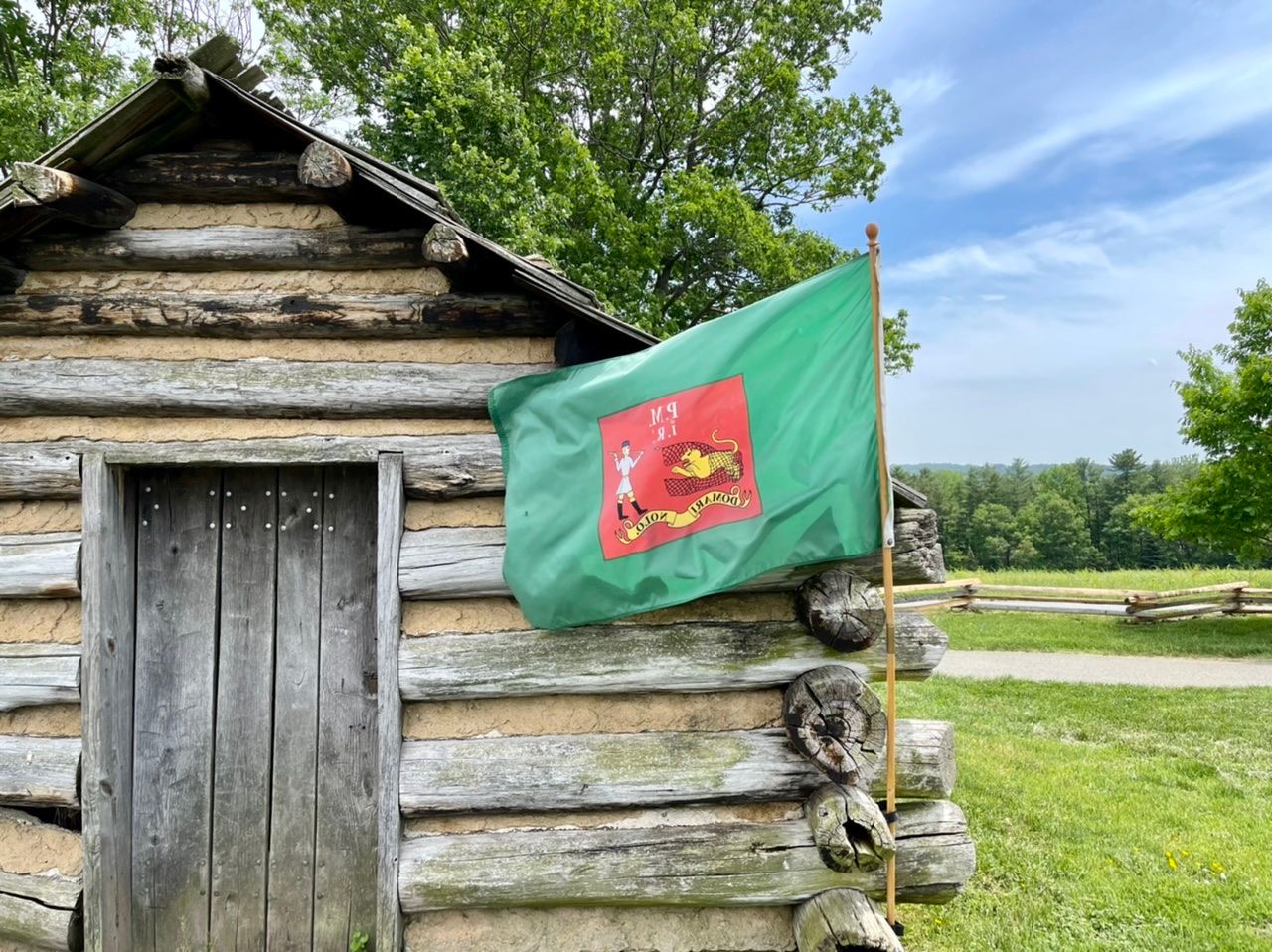
Following the Muhlenberg Brigade is the National Memorial Arch stop. This is a great photo opportunity and an impressive monument to the officers and soldiers of the Continental Army.
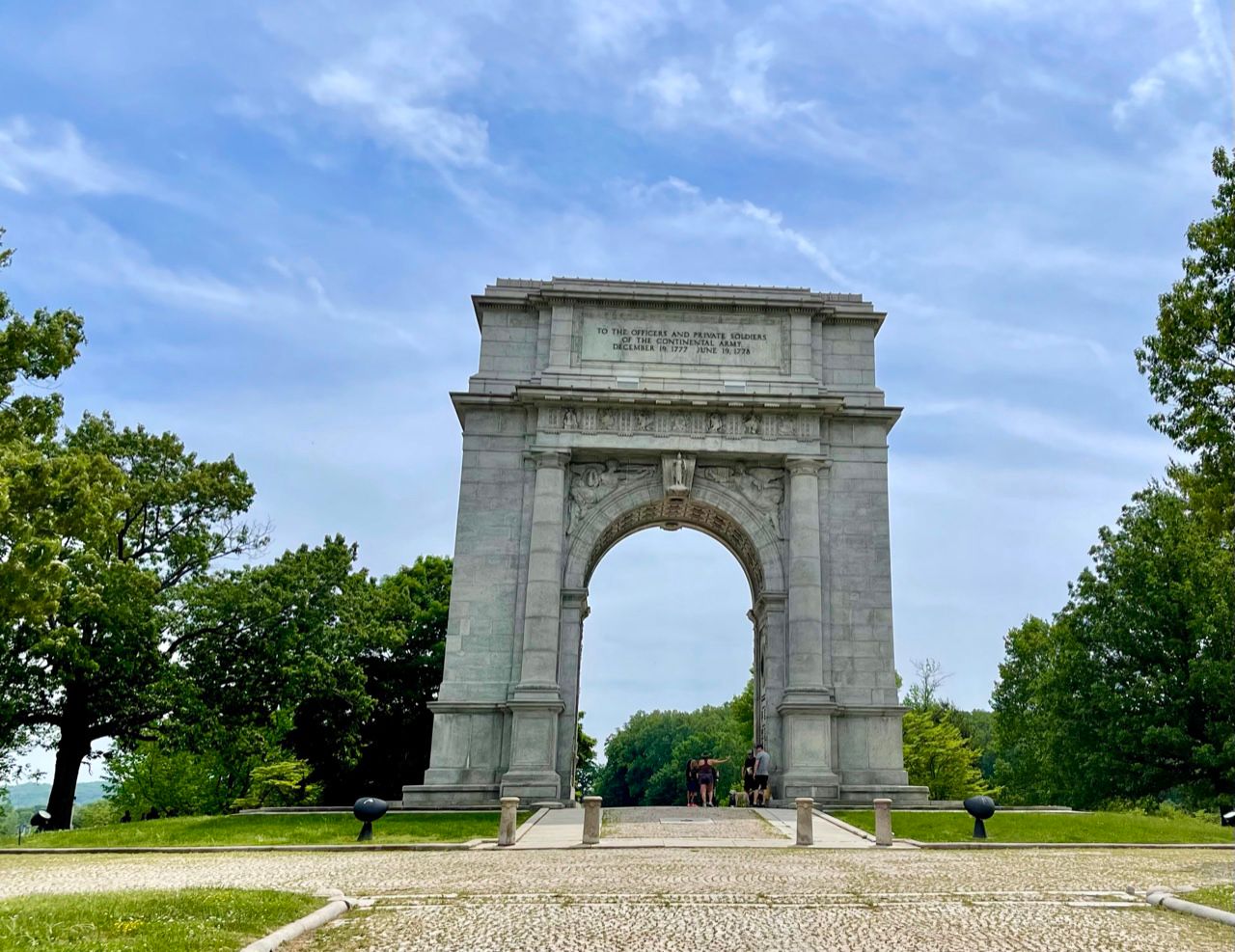
On the way there, you pass the pillars spanning the road that commemorate the Pennsylvania contingent.

Stop 4 is the Wayne statue, which we found unexpectedly interesting given Wayne's connections to Ohio.
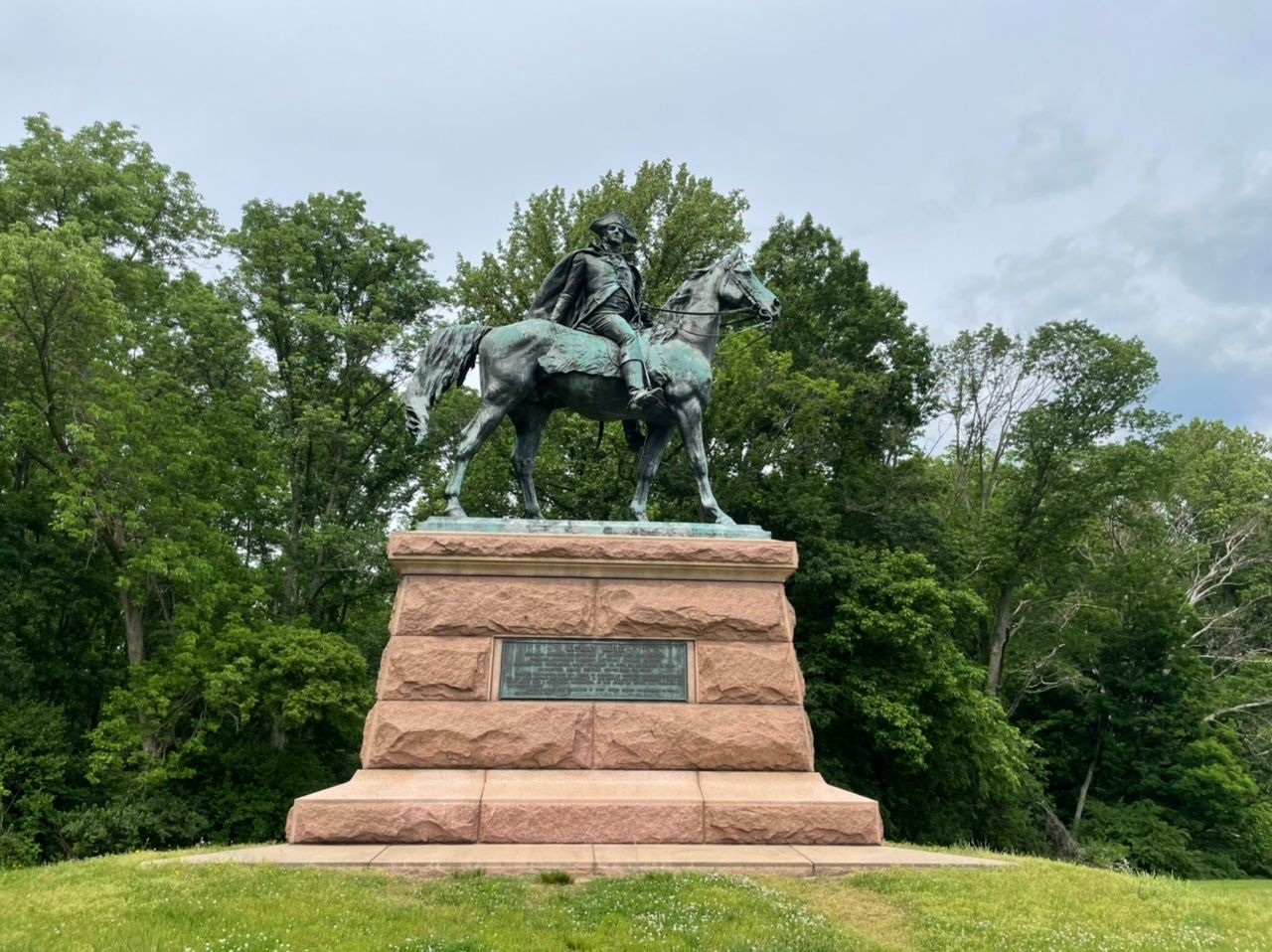
We pulled off at General Henry Knox's quarters, which consist of a farm. Officers like Knox typically lived in farmhouses, though many later moved into huts to be closer to the men under their command. There's a trail leading from the farm, but we didn't follow it. Neither Knox's quarters nor Lord Stirling's quarters, which are nearby, are open to the public.
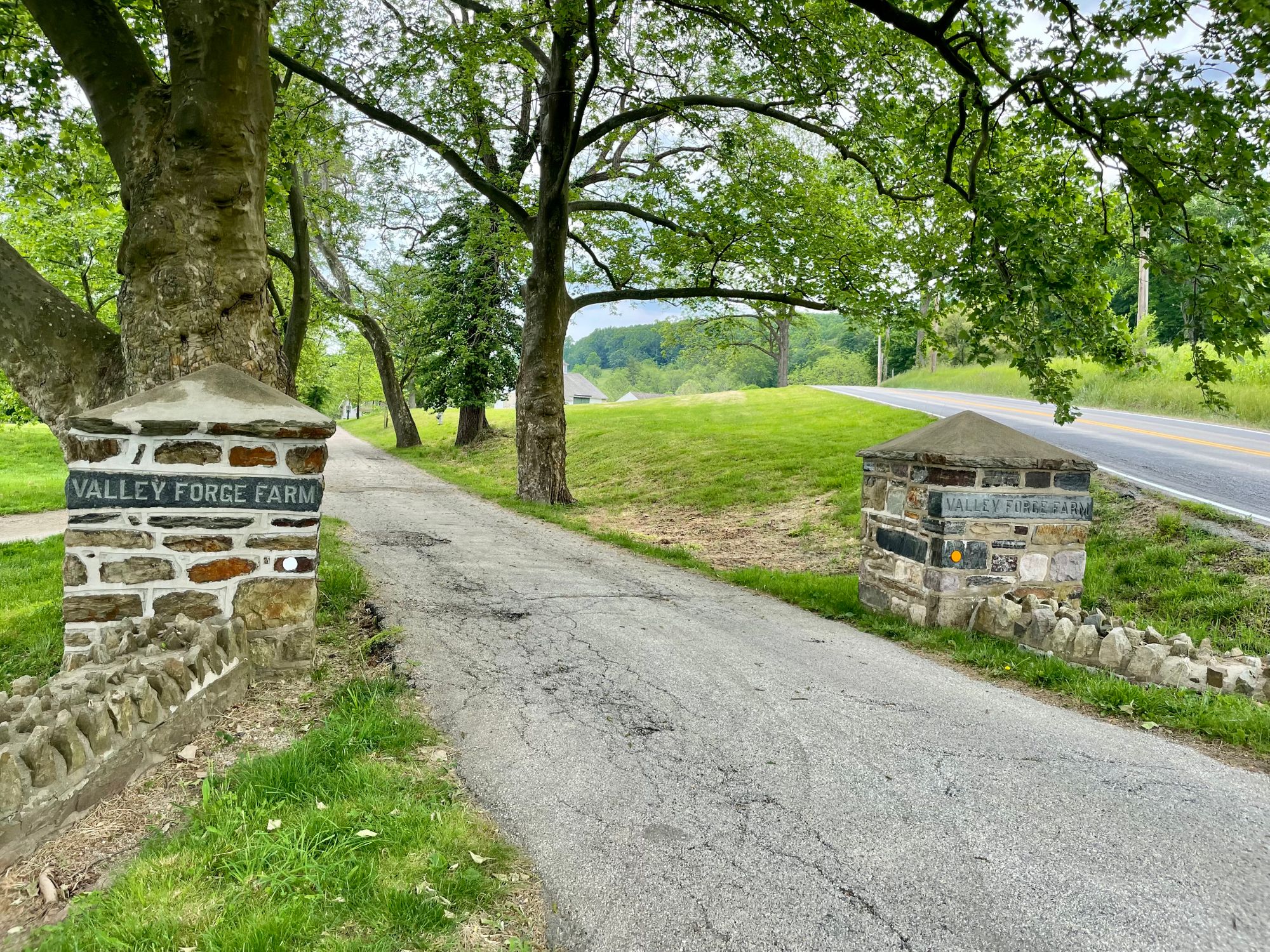
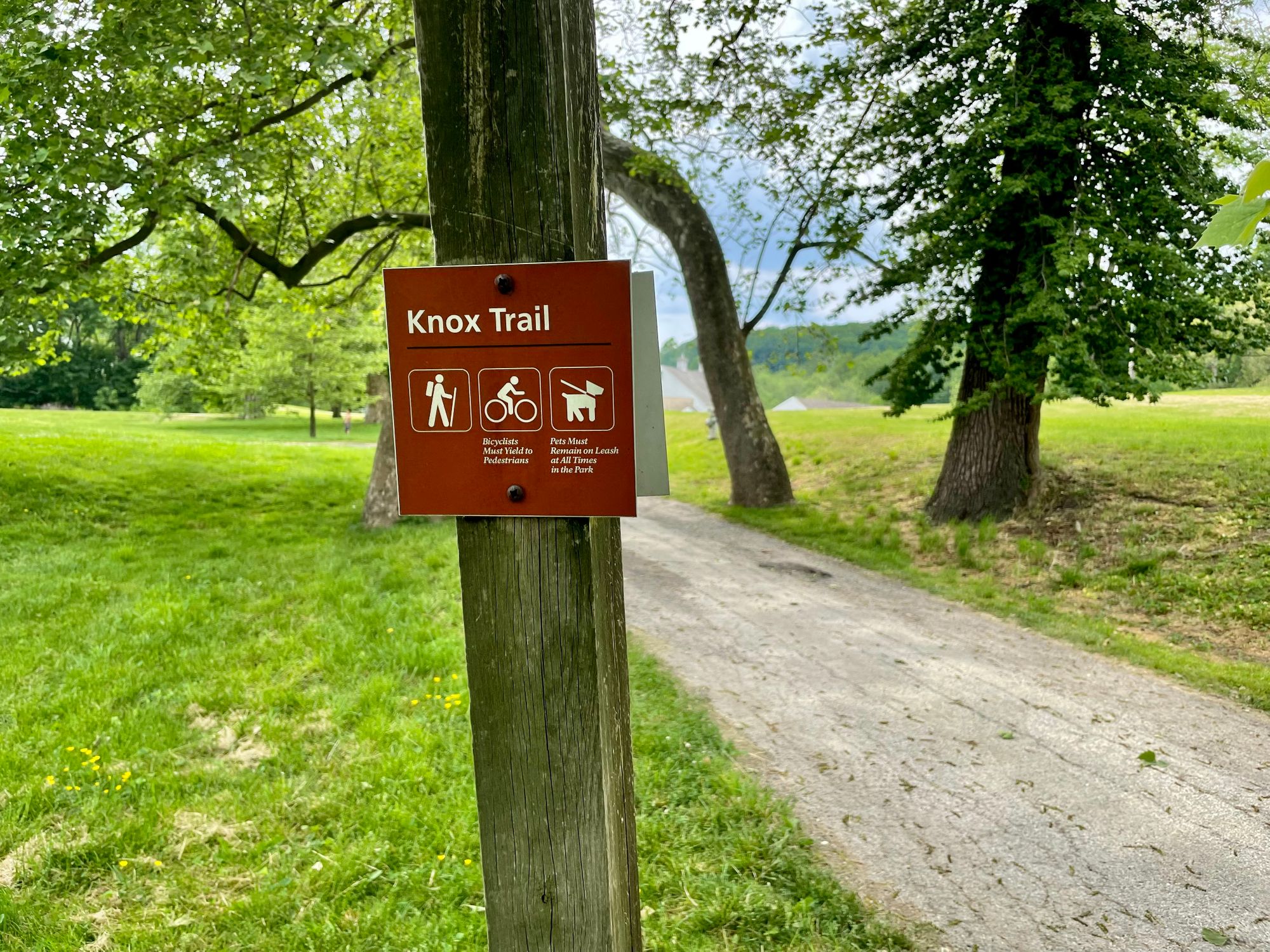
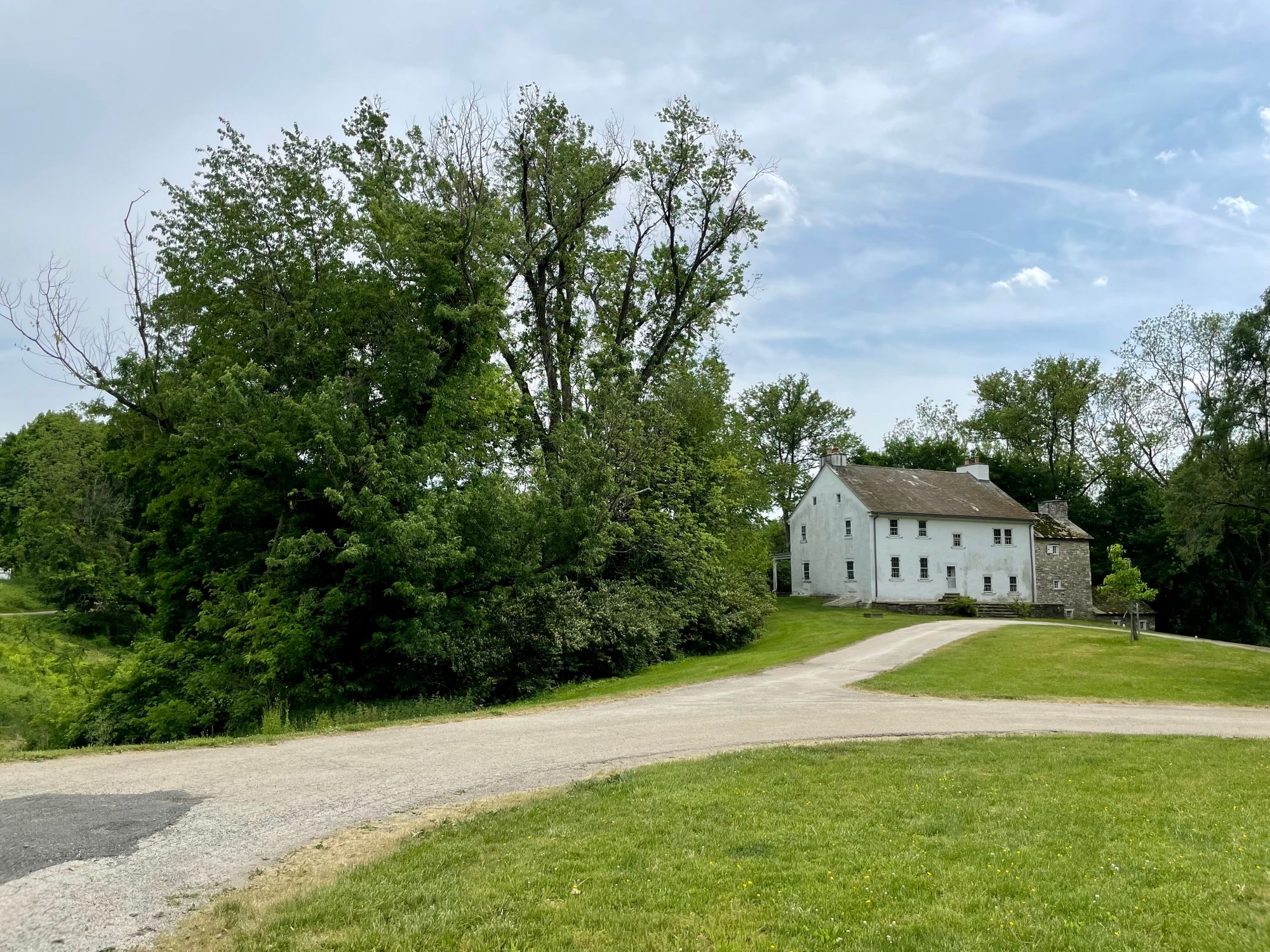
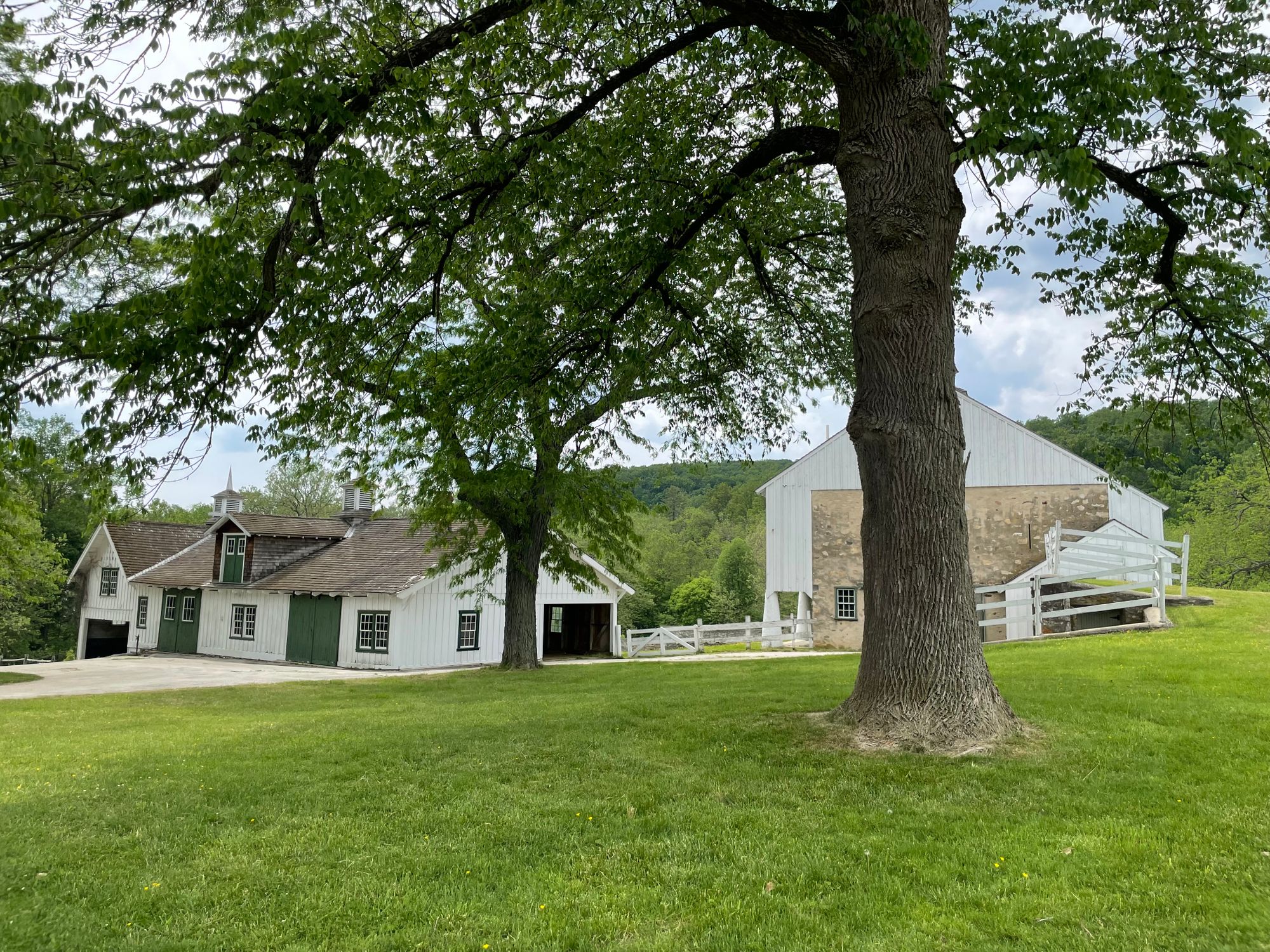
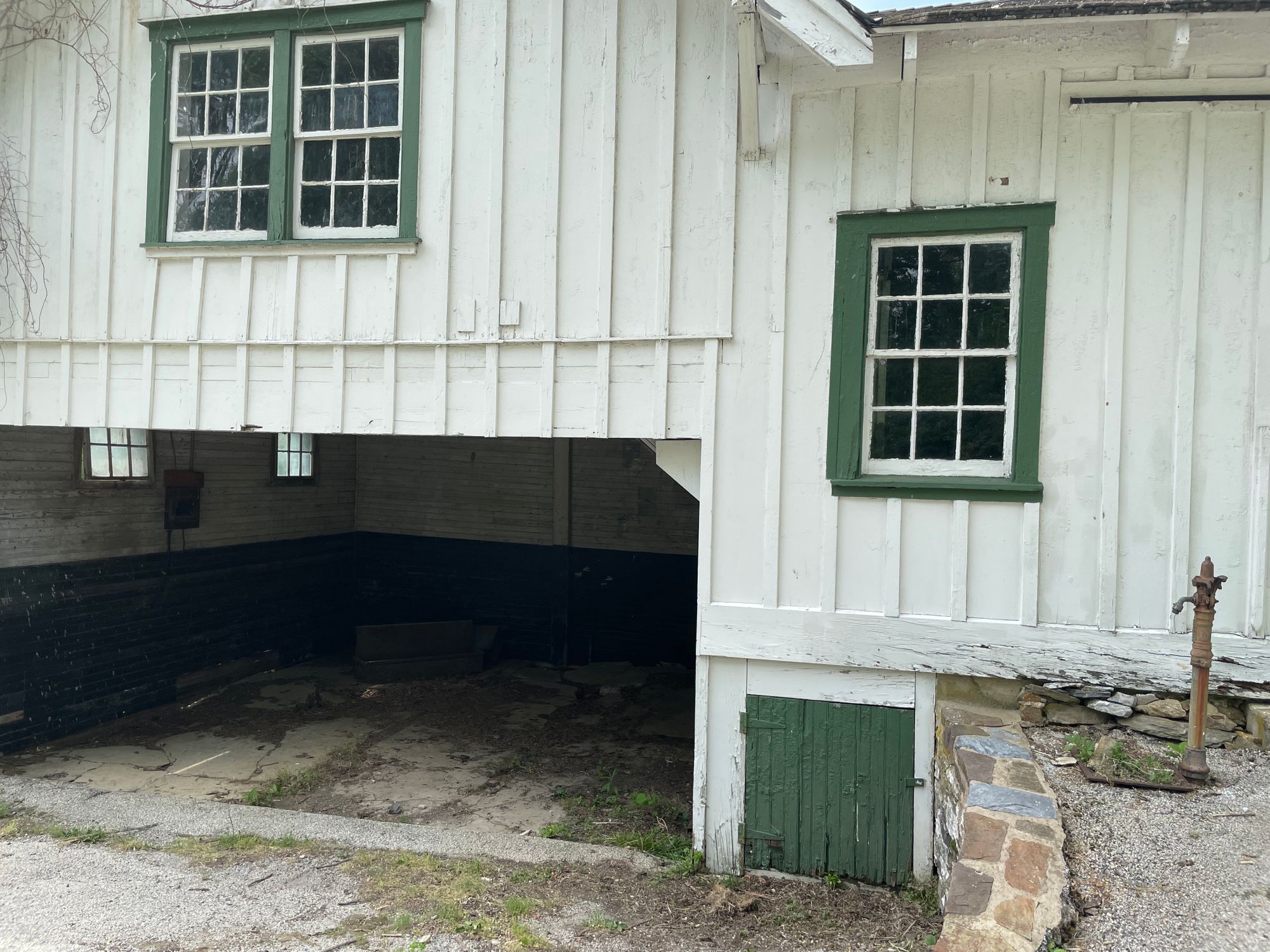
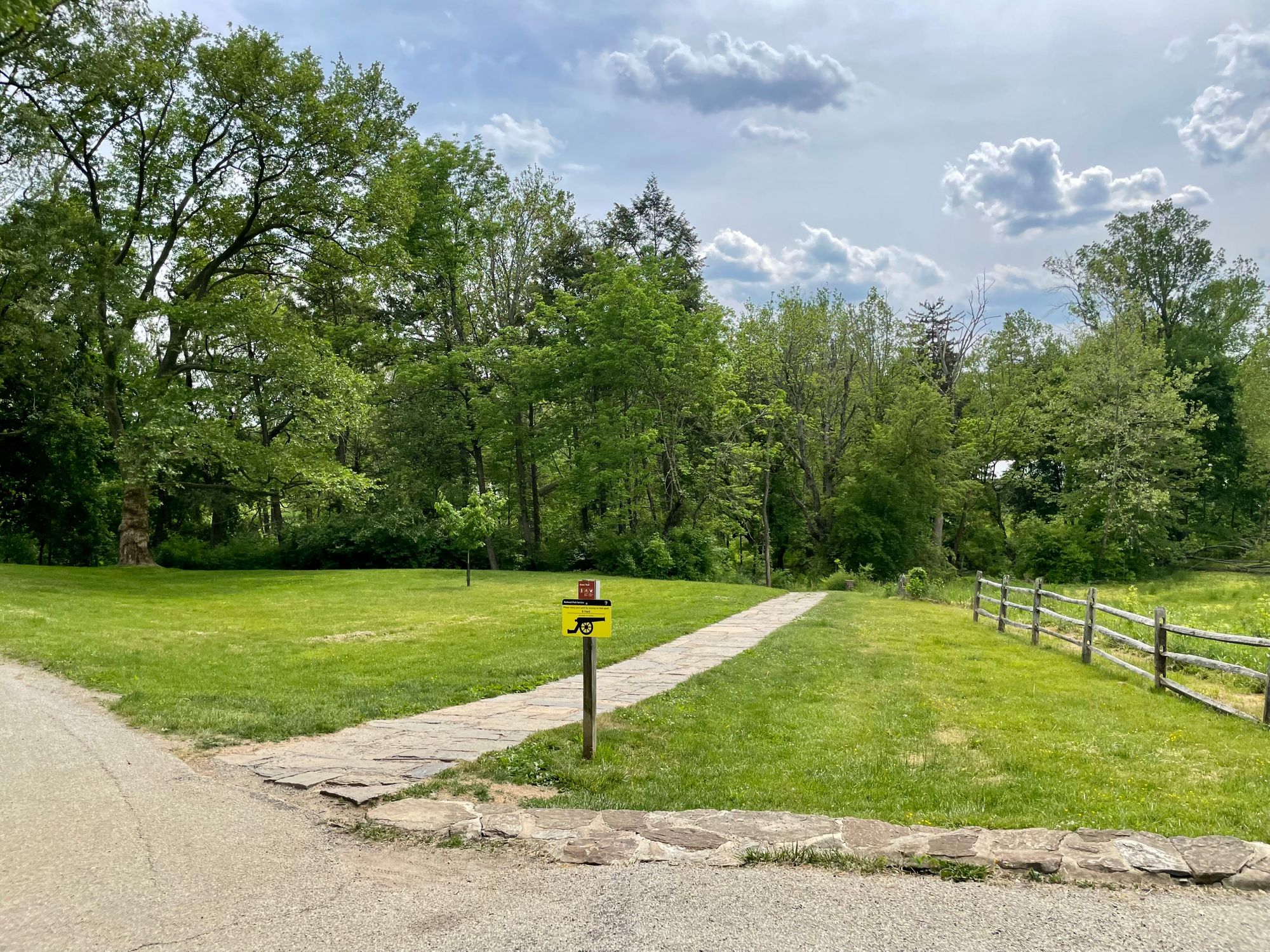

Near Knox's Quarters is the 1865 covered bridge. We'd driven over it on the way here and the one lane bridge is a dangerous spot to stop and take a photo, so we didn't. Maybe if you walk from Knox's Quarters, you could do it. The next stop on the Encampment Tour is number 5, Washington's Headquarters, where you should plan to stop and walk around, and use the bathroom if necessary.
Stop 6 is a Redoubt, but there isn't much to look at. There is an observation platform you can walk out on.
Stop 7 is Artillery Park, and probably the kids' favorite stop at Valley Forge. There are more than a dozen replica cannons here, all in formation, and the kids are allowed to climb on them. There were a few other families with kids as well, and these were exciting for at least ages 5-14.
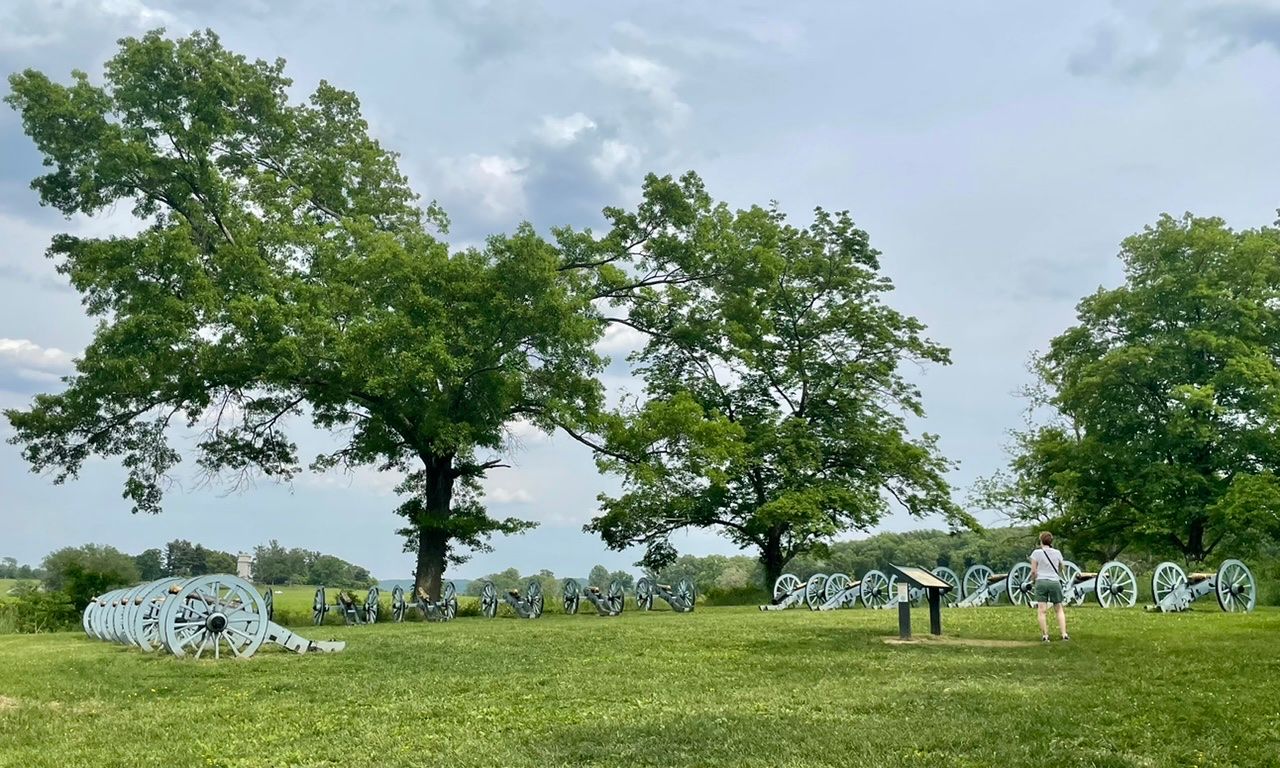
Varnum's Picnic Area is Stop number 8, and it's a really nice seasonal picnic area. There's a huge statue of Major General Friedrich Wilhelm Baron von Steuben, who led the trainings on the Grand Parade.
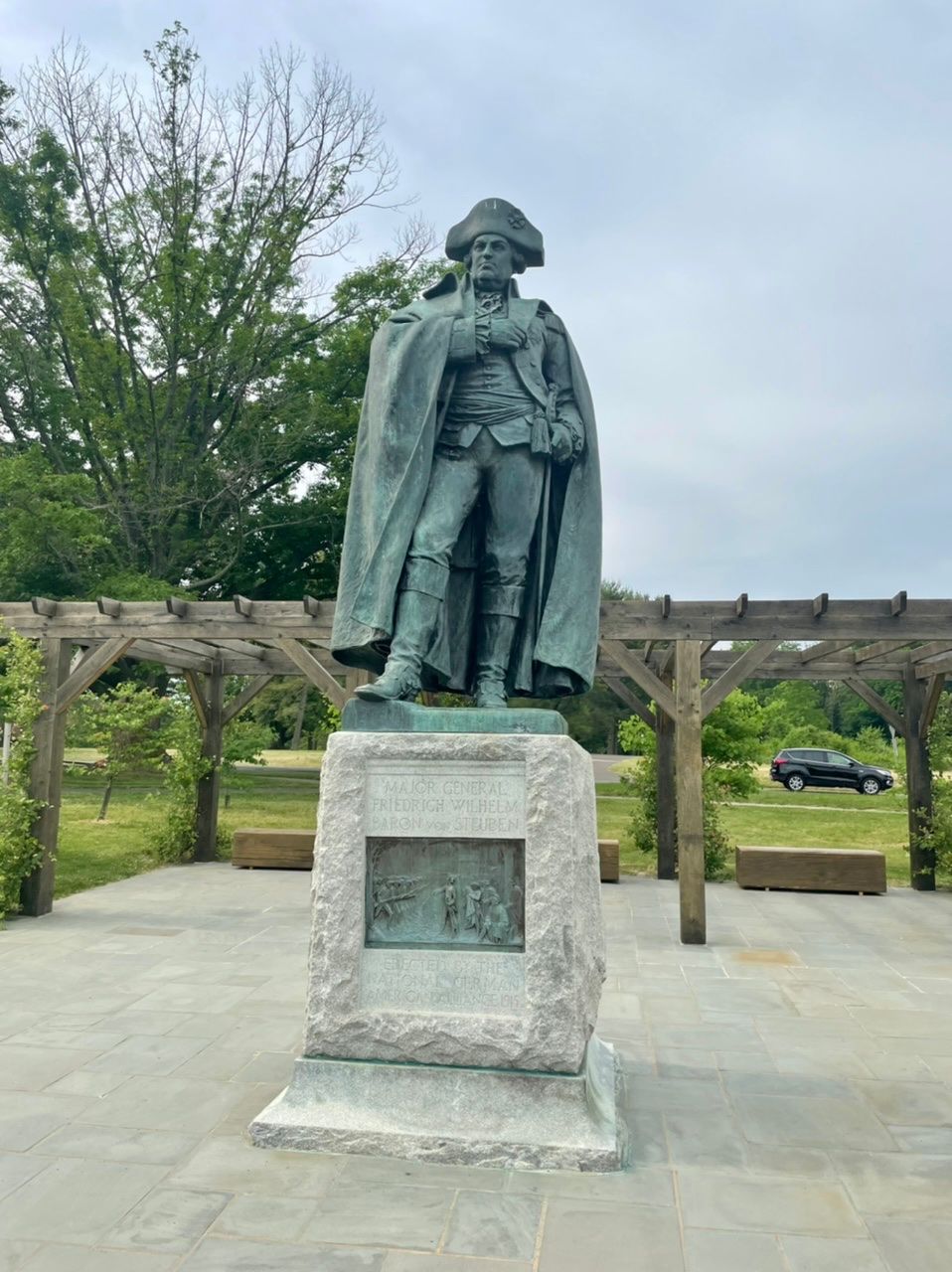
There's an entrance to the Grand Parade Trail here, which looks like it would be a nice walk when it isn't so hot.
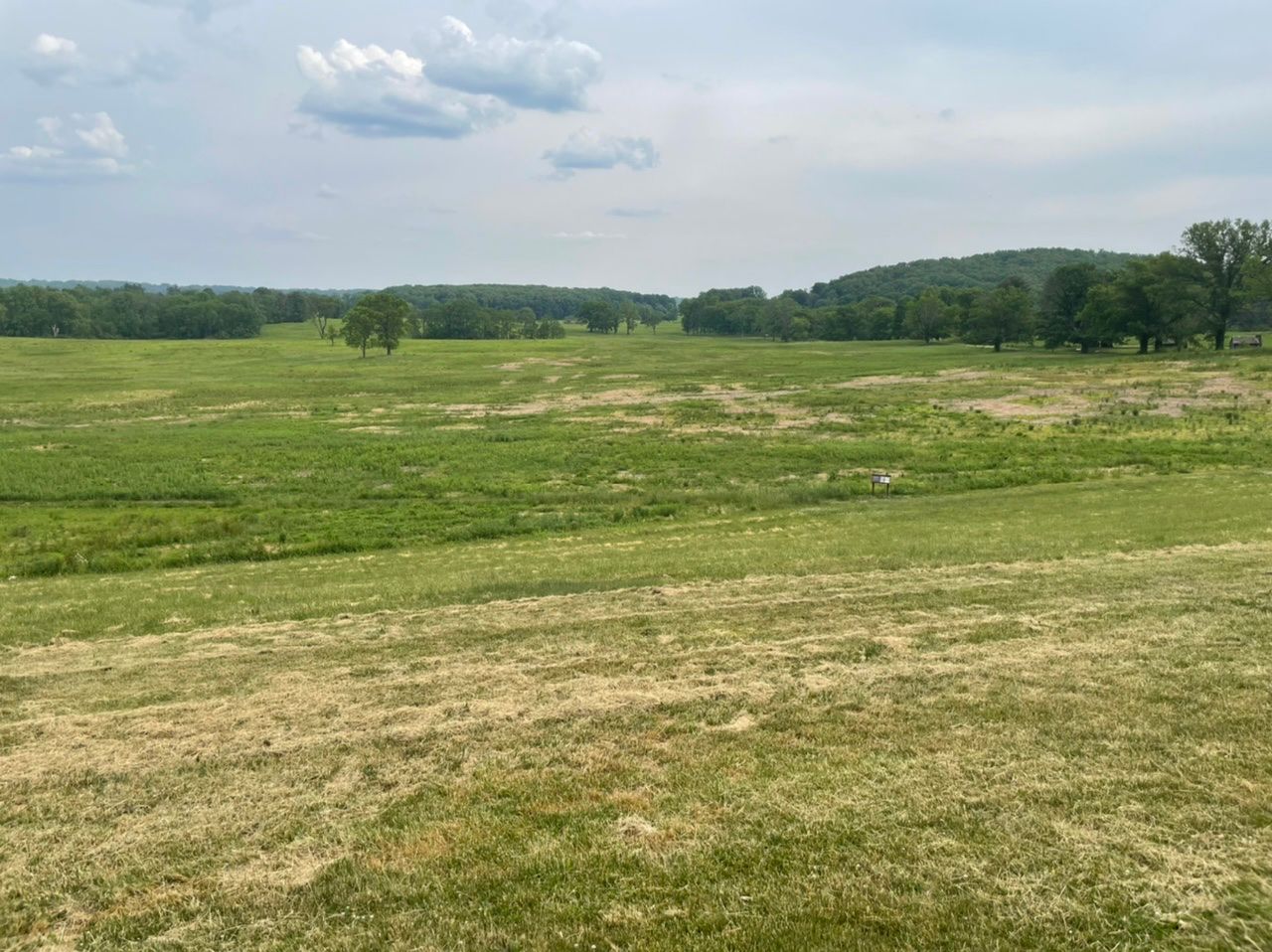
You can also easily walk to Varnum's quarters from here.

I also recommend stop number 9, Washington Memorial Chapel, as it is beautiful inside and out plus you can get food, use the bathroom, and retire a flag here if you need to.
